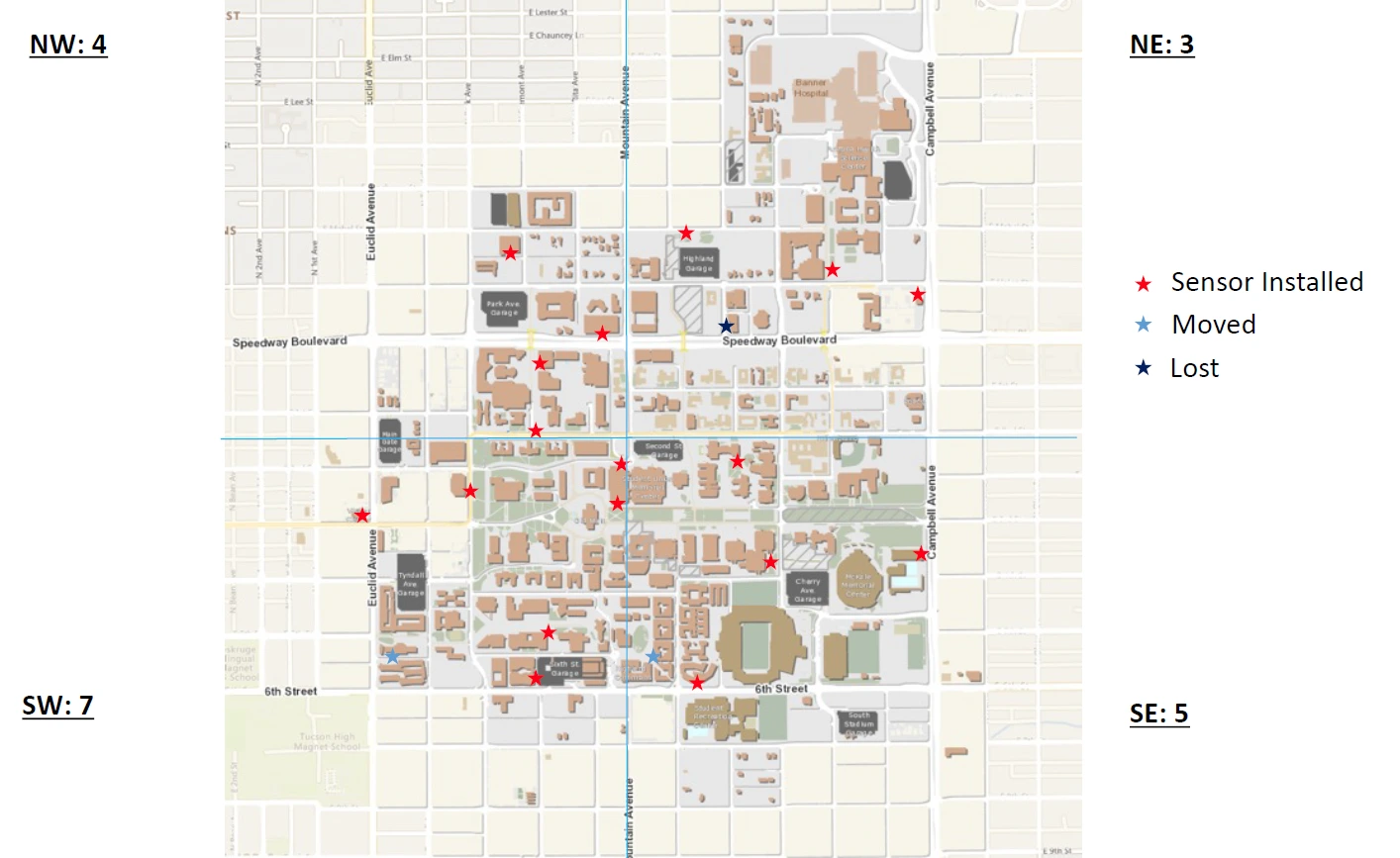The University of Arizona Air Pollution Sensor Network
Grant Type
Mini Grant
Project Status
Completed
Award Period
FY2022
Awarded Amount
$7,500
Amount Used
$7,500





